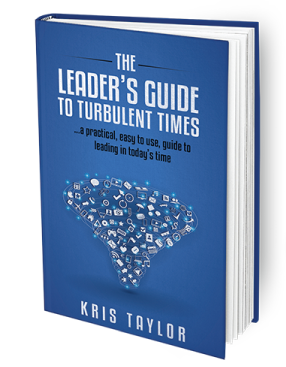We are trained from an early age to spot differences. We classify things in our worlds by describing their opposite; how they relate differently to others. Things are big or little. Hot or cold. Up or down. Old or new.
The same thing goes for people – we classify them as either/or. Naughty or nice. Good or bad. Happy or sad. Black or white. Old or young. Friends or enemies. Male or female. Liberal or conservative. City sophisticate or country bumpkin. Pro-life or pro-choice. Happy or sad. Rich or poor. Successful or unsuccessful.
 Of course, it is easier to have only two categories. It requires very little effort, energy, or finesse to put things into two classifications rather than many, which is the truly nuanced state of most things. But in doing so, we miss the richness and complexity that is actually present. Distinctions are useful in defining the edges,the outlines. Similarities more often define the core, the essence.
Of course, it is easier to have only two categories. It requires very little effort, energy, or finesse to put things into two classifications rather than many, which is the truly nuanced state of most things. But in doing so, we miss the richness and complexity that is actually present. Distinctions are useful in defining the edges,the outlines. Similarities more often define the core, the essence.
It may serve us better, for many reasons, to think in similarities as well as opposites. To acknowledge the reality that few things are one dimensional. There are times you are naughty and times you are nice – just the same as others. There are times we are youthful and times we are in our “old soul” place – no matter our age. We all have both masculine and feminine energy. There are times we are brilliant and other times we are incredibly dense. And even more perplexing, there are times we are a swirling blend of opposites – we can be both happy and sad in virtually the same moment, lean both right and left politically depending on the issue, rich in some ways and poor in others.
Looking for similarities bonds us. Invariably when meeting someone new we search for superficial similarities. Do we have common friends? Did we ever live in the same city? Go to the same school? Do the same kind of work? Vacation in the same place? Read the same books or see the same movies? The instant we seize that commonality – the conversation shifts. Energy flows. We relax and feel a bond.
What bonds might be created, what dialogs might open if we sought to find what is similar between ourselves and others, especially those others who we paint in colors that are different than ours? What compassion might flow? What relationships might emerge? What might we do differently if we looked for similarities rather than opposites?
 If you are interested in reconciling and leveraging things that appear to be polar opposites, you’ll enjoy the chapter on polarities in The Leader’s Guide to Turbulent Times.
If you are interested in reconciling and leveraging things that appear to be polar opposites, you’ll enjoy the chapter on polarities in The Leader’s Guide to Turbulent Times.





2 Responses
Thanks for sharing your perspective and reminding us how important this is. Here’s what a couple of noted “philosophers” had to say on the topic. (It might not be verbatim, but its close.)
“I don’t like that man. I think I need to get to know him better.” A. Lincoln
“Weeds are flowers too, once you get to know them.” A.A. Milne
The similarities in my employees is what makes them a good team. The differences is what makes them a well rounded team. One person’s strength is another’s short-coming but togeather they are an excellent team. The workplace is perhaps where you have to work hardest to find the “common” tie that will make the bond. Many people thrown together based on a preceived talent. It can be harder than marriage but must work to achieve the goal.